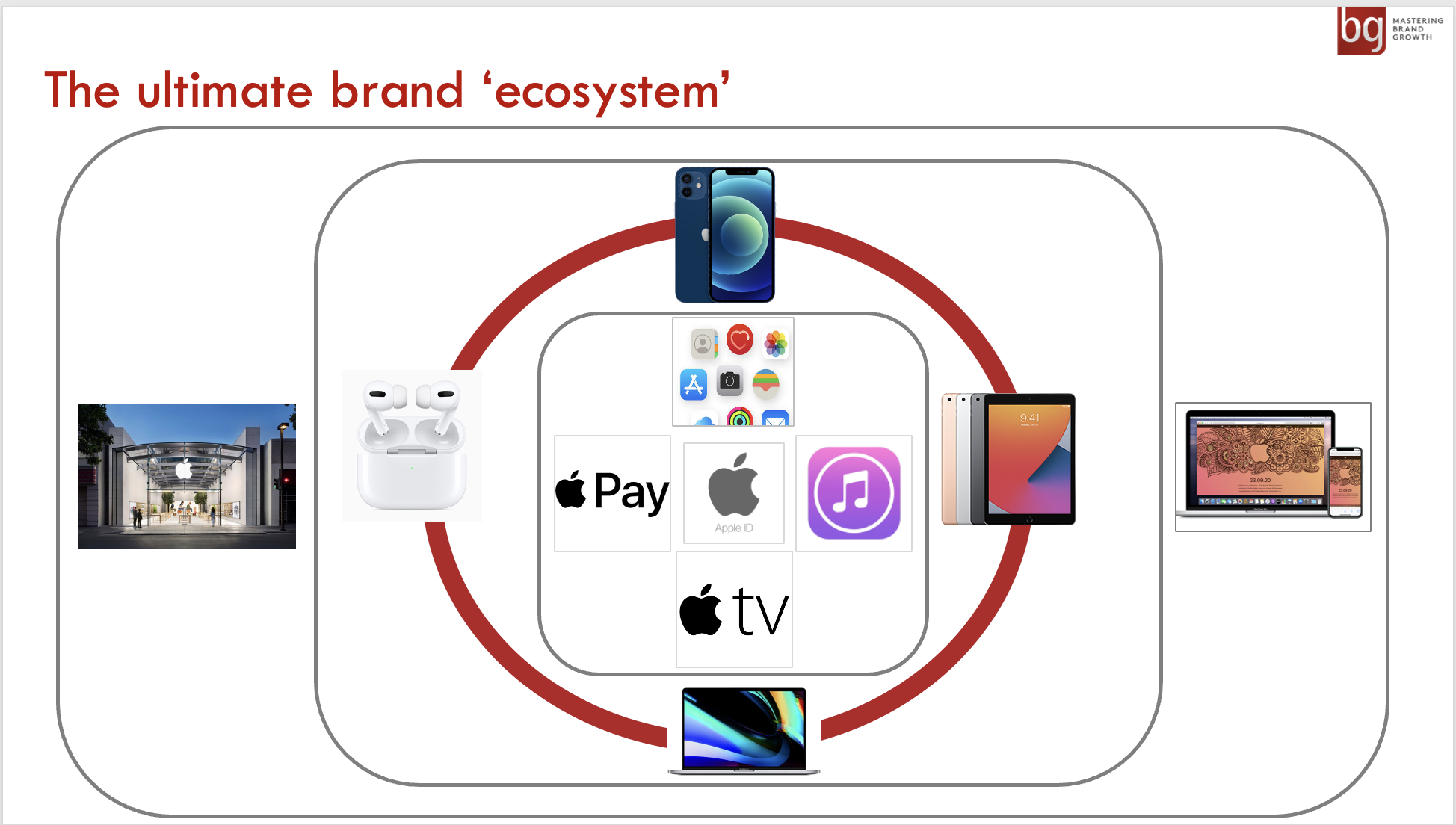Assemblage: blending a brilliant brand
I’ve often thought of brand strategy as being a process of blending different insights and ideas. And so I was excited to read a new book on this topic called Assemblage (1), kindly sent to me by the author Emmanuel Probst, who works on branding at IPSOS and also teaches at UCLA. Assemblage is a French word describing the art and science of blending different eaux-de-vies to create a cognac. Emmanuel likens the work of a brand director to that of the cognac’s master blender.
These two roles might seem very different at first sight. But Emmanuel highlights how the work of the master blender can inspire the crafting of a strong brand:
- Combining rigour and precision with intuition to craft the perfect product
- Adapting the product over time to adapt to evolving tastes
- Having a holistic, big picture view of the creative process (for cognac this includes the vineyard, the harvest and the production process)
In this post we look at four different ways to use the Assemblage concept to blend a brilliant brand: co-branding, coalitions, culture and commerce.
Main image source: https://www.remymartin.com/en-us/how-cognac-is-made/
CO-BRANDING
Emmanuel uses one of our favourite brandgym case studies to illustrate co-branding: James Bond. The Bond producers are masters at carefully selecting brands with a good brand fit. They then go beyond simple sponsorship deals to fully integrate these brands into the very fabric of the Bond movies. It’s hard to imagine James Bond driving anything but an Aston Martin. Tom Ford has played a key role in tailoring the contemporary Bond. And Omega’s combination of functional performance and stylish design feels right to be on Bond’s wrist.
Another aspect of assemblage that goes into every Bond movie is the selection of the performer to record the theme tune. Over the years the music of Bond has been a masterclass in blending signature sonic elements whilst staying up to date with trends.

COALITION
Another interesting take on assemblage is brands that seek to create coalitions with other like-minded brands. Emmanuel uses the example of American Express creating the “Stand for Small” campaign. This coalition assembled more than 40 companies across media, technology and consumer goods to help small businesses navigate the Covid crisis. This is a good example of what we call “story doing”: going beyond mere “storytelling” to implement bold actions to deliver your social mission.

CULTURE
Assemblage also involves staying in touch with cultural truths and finding a way to blend these brand truths. In this way, your brand stays true to itself whilst also tapping to into trends in an authentic way. Emmanuel illustrates this with the example of the Omsom brand, dedicated to bringing “loud and proud” Asian flavours to everyday cooking. The brand taps into a cultural trend toward authenticity. The co-founders Kim and Venessa Pham (see below) created the brand in response to Asian food products that tended to use stereotypical branding “centred on dragons, pandas and bamboos,” explains Emmanuel. “They seek to tell stories about who they are through a genuine, ‘no-BS’ narrative.”

COMMERCE
The final form of assemblage that we look at in this post relates to commerce. Emmanuel uses Apple as an example of a brand that has gone beyond simple forms of commerce to assemble an “ecosystem”. As we posted on here, the Apple ecosystem includes products like the iPad, Mac and iPhone. But it also blends the Apple ID, Apple Pay and the App Store (See below). As Emmanuel describes, this has created “a network of connections and interactions with data collected, integrated and leveraged smartly.”

In conclusion, Assemblage shows how thinking more broadly about sources of inspiration and blending different elements can help create strong brands.
You can explore crafting a distinctive brand positioning in more depth on the upcoming brandgym Mastering Brand Growth program, alongside seven other modules including insight, portfolio strategy and brand stretch. We kick off on April 17th and still have a few places left.
If you’re on the blog website and would like more info on the program, simply pop your name and email in the form below (sorry, form does not show properly in the Monday morning email)
SOURCES:


